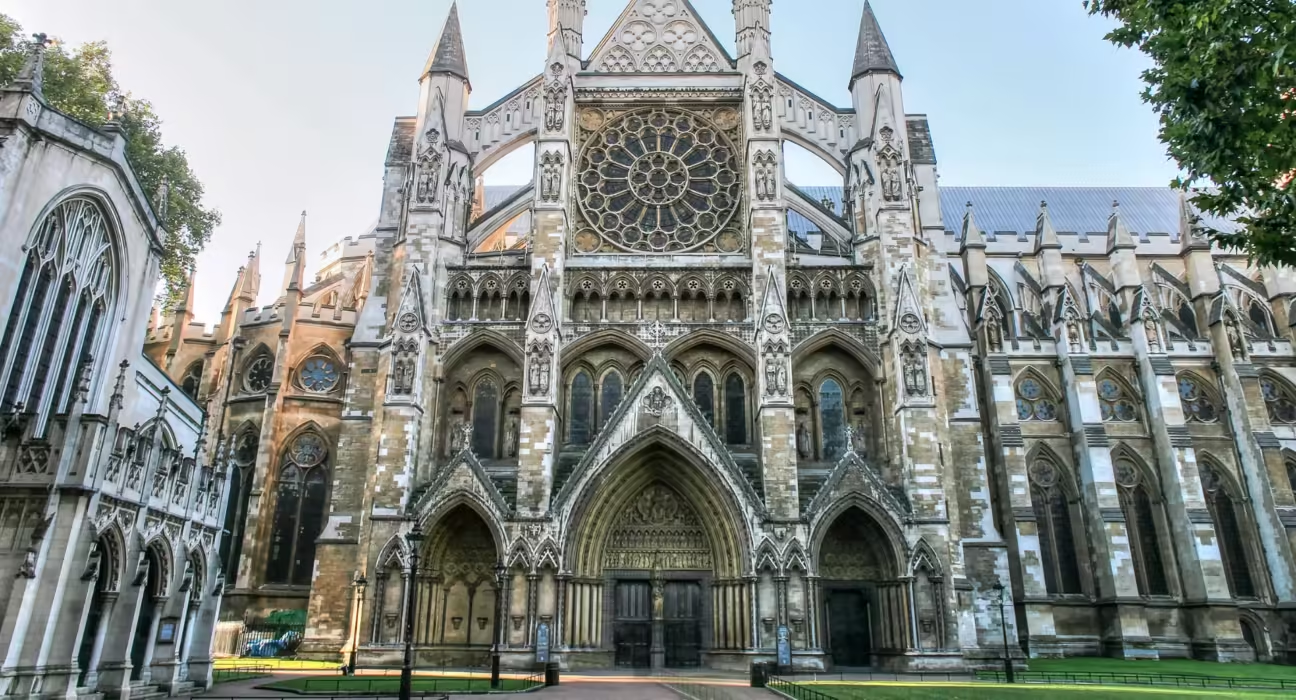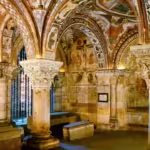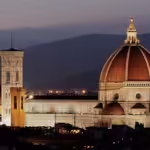Gothic architecture is a remarkable style that emerged in Europe during the Middle Ages, spanning from the mid-12th century to the 16th century. Characterized by its pointed arches, flying buttresses, and expansive stained-glass windows, this architectural form evokes a sense of both grandeur and spirituality. From the towering cathedrals that dominate city skylines to the intricate details hidden within their confines, gothic architecture continues to inspire awe and reflection. This article explores the defining features of Gothic architecture, its cultural significance, sustainability lessons, and its lingering influence on modern design.
The Distinctive Features of Gothic Architecture
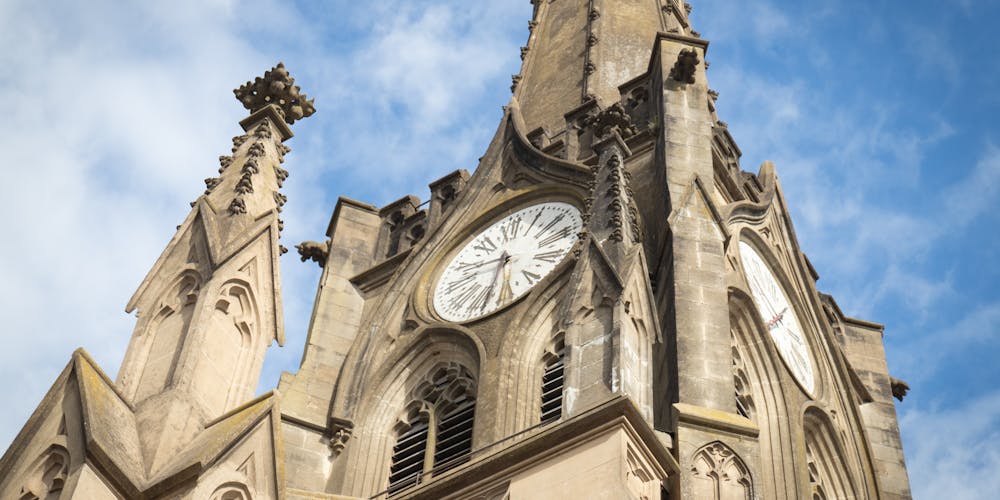
The beauty of Gothic architecture lies not only in its majestic appearance but also in the innovative engineering techniques that define it. Among its most notable features are the pointed arch, ribbed vaults, and flying buttresses, each contributing uniquely to the overall structure and aesthetic.
The emergence of these architectural elements marked a transition from the more rounded forms of Romanesque architecture, allowing for structures that soared higher while inviting natural light into spiritual spaces. The interplay between light and form is vital to understanding the emotional resonance of Gothic buildings.
The Pointed Arch: A Beacon of Innovation

The pointed arch is arguably the most iconic feature of Gothic architecture. Unlike its rounded Romanesque predecessors, the pointed arch allows for greater height and thrust directionality.
This design not only enhances the visual appeal but also improves structural stability. The sharpness of the arch conveys an impression of upward movement, symbolizing humanity’s aspiration towards the divine.
From cathedrals like Notre Dame to lesser-known parish churches, the pointed arch serves as a testament to human creativity and ingenuity, embodying a spiritual connection that has resonated through centuries.
Flying Buttresses: Engineering Marvels
Flying buttresses serve as another hallmark of Gothic architecture, showcasing how innovative structural solutions can enhance aesthetics. These external supports effectively transfer the weight of the vaulted ceilings to the ground, enabling walls to be built thinner and adorned with larger windows.
The result is a breathtaking display of stained glass that fills interiors with color and light. The marriage of form and function represented by flying buttresses highlights a synergy between architectural beauty and practical necessity.
As we admire these impressive structures today, we are reminded of the deep thought and careful planning that went into their creation—a true reflection of medieval craftsmen’s expertise.
Stained Glass Windows: Illuminating Spirituality

Stained glass windows represent an intricate fusion of art and architecture, transforming simple light into ethereal beauty. In Gothic architecture, these colorful masterpieces often depict biblical scenes or saints, marrying storytelling with worship.
As sunlight filters through these vibrant panels, it casts a kaleidoscope of colors onto stone walls, creating an ambiance of reverence and wonder. This dynamic interaction between light and art invites congregants and visitors alike to contemplate deeper spiritual themes.
Each panel tells a story, offering insight into the faith and beliefs of those who lived in an era where the church was the center of life. Today, as we view these installations, we can reflect on how they have shaped our understanding of history and culture.
The Grand Scale: Space and Light

Perhaps one of the most enchanting aspects of Gothic architecture is its ability to create vast, open spaces filled with light. High ceilings and large windows invite both natural illumination and a feeling of expansiveness.
This intentional use of space serves not just an aesthetic purpose; it encourages contemplation and introspection. As people walk through these grand halls, they may find themselves immersed in a serene atmosphere that echoes the spirituality intended by the architects.
The scale and intricacy of these designs speak volumes about the ambitions of their creators, reflecting a society that sought to elevate the human spirit in pursuit of the divine.
Cultural and Social Impact of Gothic Architecture
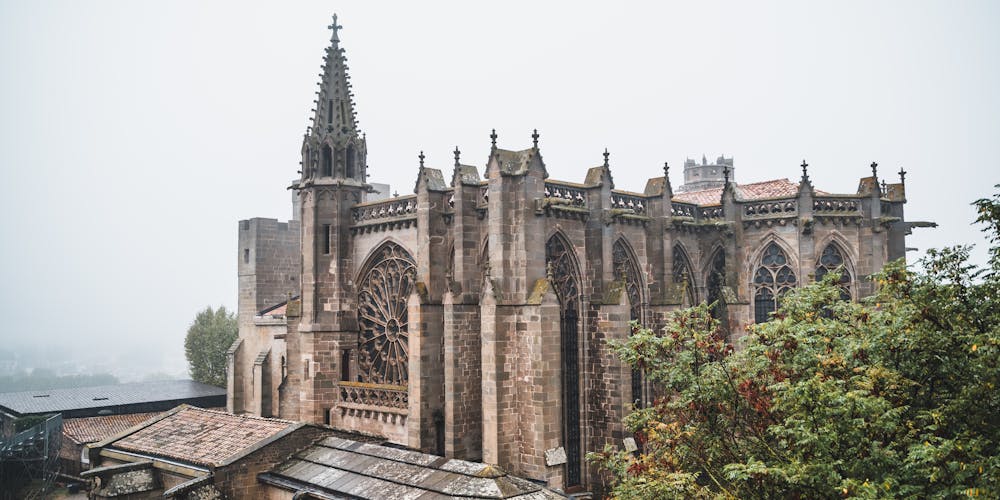
Beyond its aesthetic brilliance, Gothic architecture plays a crucial role in shaping European identity and spirituality during the Middle Ages. The structures themselves became symbols of power, community, and faith, intertwining cultural and social narratives.
These monumental buildings served as gathering spaces for religious ceremonies, civic events, and communal gatherings, reinforcing their central role in the lives of people at the time.
Symbols of Faith and Power
Gothic cathedrals were more than places of worship; they were powerful symbols of authority and aspiration. Their soaring towers aimed to reach the heavens, visually asserting the church’s dominance over the landscape and its influence over people’s lives.
In many cases, the construction of a cathedral was a long-term investment by a community, reflecting not only their faith but also their ambition and unity. This collective endeavor fostered a sense of identity among townsfolk, binding them together through shared labor and purpose.
As we study these edifices today, we recognize the profound commitment that goes beyond bricks and mortar—it is a manifestation of human desire to connect with something greater than ourselves.
Centers of Community Life

During the Middle Ages, Gothic architecture facilitated various activities beyond religious observances. Cathedrals often doubled as marketplaces, centers for education, and venues for public gatherings.
This multifunctional aspect of Gothic buildings nurtured social cohesion and interaction, creating vibrant hubs of activity within towns. People gathered under the ornate arches not just for worship but to engage in discussions, share news, and forge bonds with one another.
Even today, many cathedrals continue to function as focal points for community life, hosting concerts, art exhibits, and cultural events that celebrate the heritage of the Gothic tradition.
A Reflection of Aspiration

The very act of constructing a Gothic cathedral was imbued with a sense of longing and aspiration. From master masons to common laborers, everyone involved was part of a grand narrative—the pursuit of artistic excellence intertwined with spiritual devotion.
This ambition manifested in the intricate details carved into façades and the relentless pursuit of height and light. Such aspirations can serve as a mirror for our own desires today, inspiring us to reach for our goals, whether they be personal, artistic, or spiritual.
Gothic architecture thus becomes a canvas upon which the hopes and dreams of an entire era are painted, echoing timeless human experiences across generations.
Sustainability Lessons from Gothic Architecture

Looking back at Gothic architecture can reveal valuable lessons about sustainability and environmental harmony. Modern architects and builders are increasingly recognizing the importance of eco-friendly practices, and the methodologies employed by their Gothic predecessors offer pertinent insights.
Sustainability in construction is not merely a contemporary trend; it is a timeless principle that transcends eras and styles.
Use of Local Materials
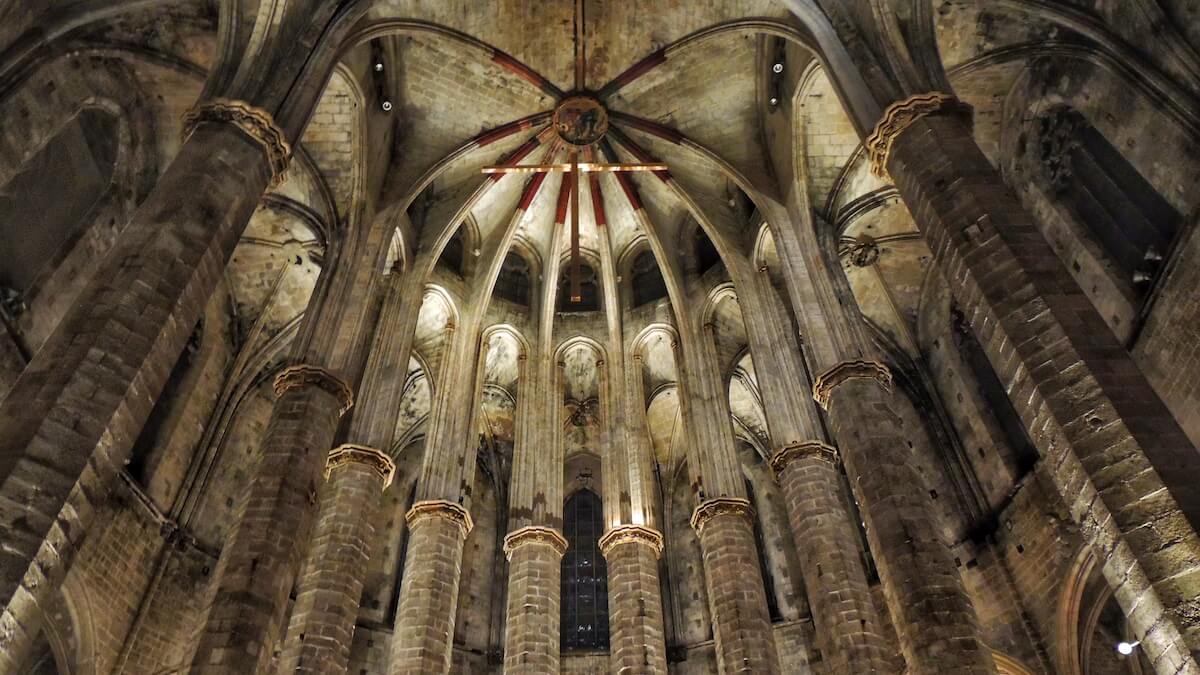
One hallmark of Gothic architecture is the use of locally sourced materials, a practice that minimizes transportation impact and promotes regional craftsmanship. Stones, timber, and other resources were quarried and harvested nearby, fostering a strong connection between the buildings and their environment.
By utilizing local materials, Gothic builders could create structures that harmonized with their surroundings, enhancing both the aesthetic and ecological integrity of the landscape.
In today’s context, this approach underscores the importance of preserving local resources and supporting regional economies, echoing the sustainability movements gaining traction in contemporary architecture.
Innovative Engineering Techniques
The engineering innovations inherent in Gothic architecture also provide lessons in efficiency and design. Techniques such as ribbed vaults and flying buttresses allowed for lighter structures with less material, showcasing a method of building that maximizes strength while minimizing resource consumption.
Modern architects can draw inspiration from these methods to develop new techniques that embrace sustainability without sacrificing aesthetics or functionality.
Adopting the principles of efficiency and adaptability can guide contemporary construction towards a future that respects the environment while meeting human needs.
Integration of Nature and Design

Gothic architecture masterfully integrates nature within its design, often featuring gardens, sculptures, and natural light as essential components. The spiritual symbolism inherent in these elements reflects a deeper understanding of humanity’s relationship with the natural world.
Contemporary architects can learn from this integration by designing spaces that prioritize biophilic principles—enhancing well-being through connections to nature. By incorporating greenery and natural materials into urban environments, architects can create spaces that fulfill not just functional needs but also promote mental and physical health.
The holistic approach to design demonstrated by Gothic architecture serves as a reminder of the importance of coexisting with the environment, inspiring a reimagining of how we build our cities today.
The Enduring Influence of Gothic Architecture
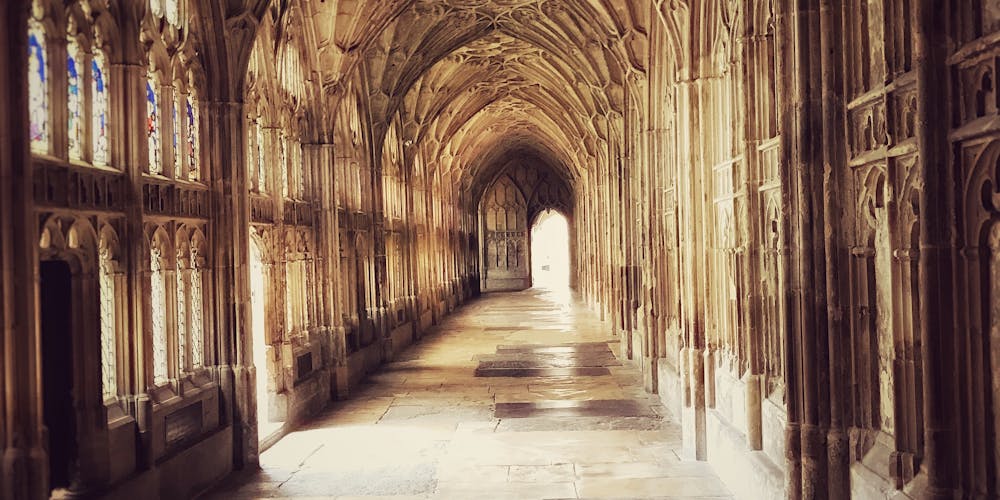
Gothic architecture has left an indelible mark on modern design and continues to inspire architects, artists, and creators around the world. Its unique features and historical significance allow it to transcend time, merging tradition with contemporary values.
The essence of Gothic architecture resonates through various forms of design, art, and urban planning, showcasing its transformative power even in modern contexts.
A Source of Inspiration for Modern Architects
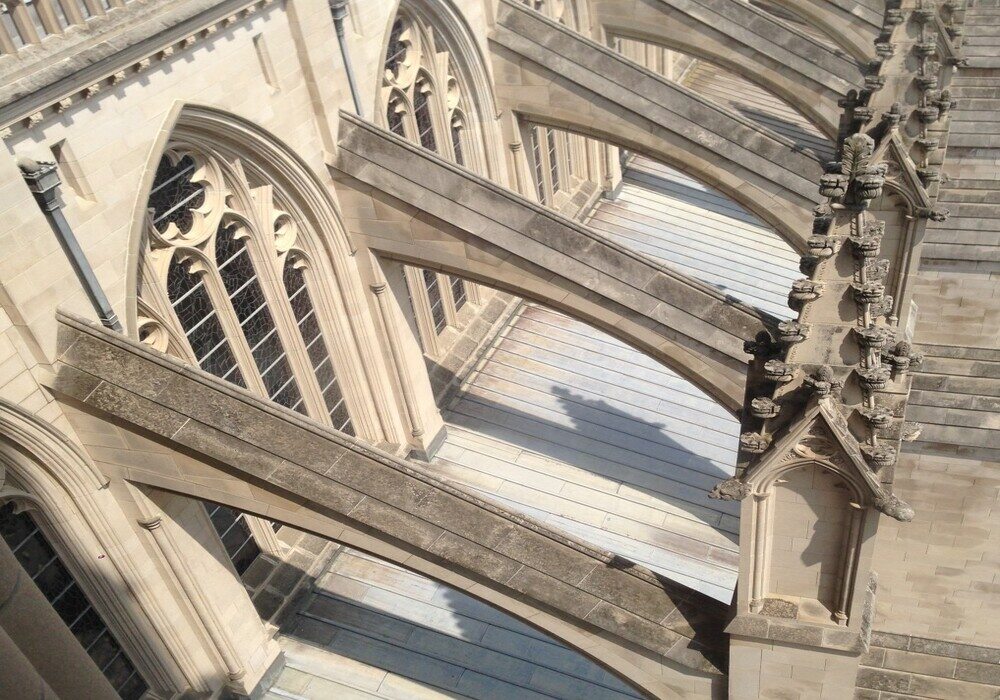
Many contemporary architects draw inspiration from Gothic elements as they seek to evoke emotion and create memorable spaces. The intricate detailing, soaring heights, and interplay of light prevalent in Gothic design inform a range of modern approaches, blending historical references with inventive ideas.
Architectural firms and designers often revisit Gothic motifs, experimenting with them in ways that resonate with today’s audiences. This fusion of past and present reveals a commitment to continuity and exploration in the architectural narrative.
Reflections in Art and Culture

The influence of Gothic architecture extends beyond the realm of building design into art and popular culture. Artists frequently reference Gothic motifs in their work, celebrating its beauty and complexity through various media.
From literature steeped in mystery to gothic revival in fashion, the essence of the Gothic aesthetic permeates the fabric of contemporary culture. This enduring legacy illustrates how the themes of spiritual quest, beauty, and ambition continue to resonate with modern sensibilities.
Urban Planning and Public Spaces
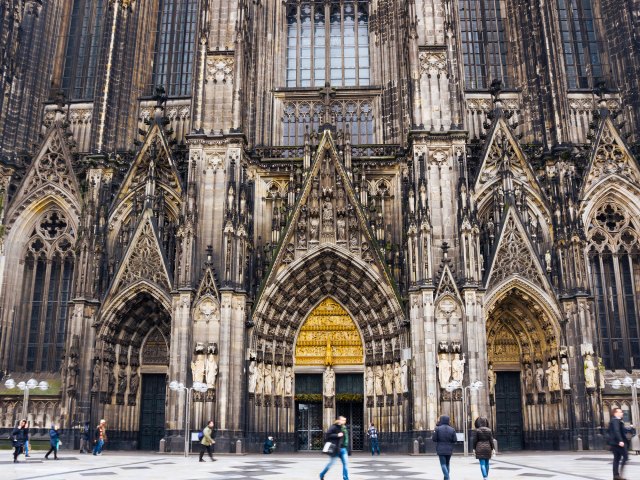
The principles underlying Gothic architecture can also be observed in the development of public spaces and urban planning. Cities worldwide are embracing concepts rooted in Gothic ideals—prioritizing openness, accessibility, and community engagement.
Reimagining urban landscapes with an emphasis on communal experience draws directly from the spirit of Gothic architecture, echoing the importance of shared spaces for growth, learning, and connection in society.
As we navigate the complexities of contemporary living, the ideals fostered by Gothic architecture inspire us to create environments that nurture our humanity.
Conclusion

Gothic architecture stands as a testament to human creativity, ambition, and spirituality. Its defining features, cultural significance, sustainability lessons, and lasting influence exemplify the power of design to shape our experiences and enrich our lives.
By exploring Gothic architecture, we uncover stories of aspiration, community, and artistry that transcend time. As we move forward into an ever-evolving future, may we harness the wisdom encapsulated within these magnificent structures to inspire our creations, ensuring that the essence of Gothic architecture continues to illuminate our paths.
✉️ Stay Connected — Subscribe for Weekly Updates
Discover timeless stories, practical wisdom, and beautiful culture — delivered straight to your inbox.
*We only share valuable insights — no spam, ever.




